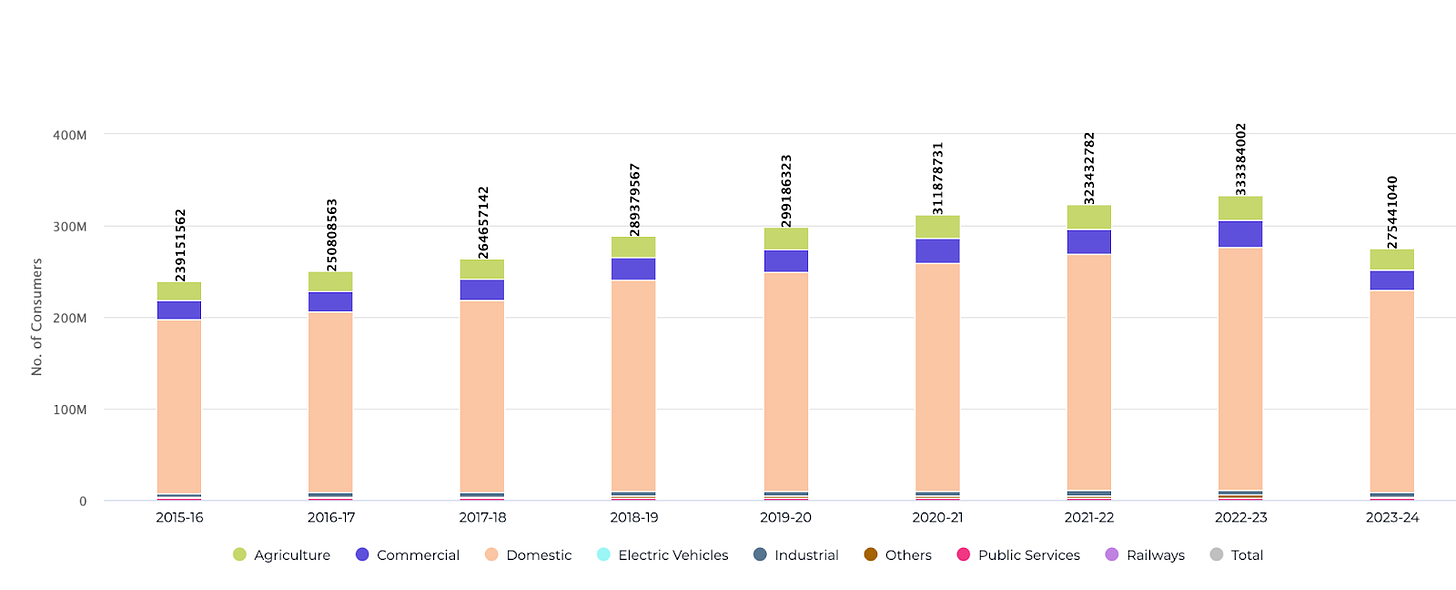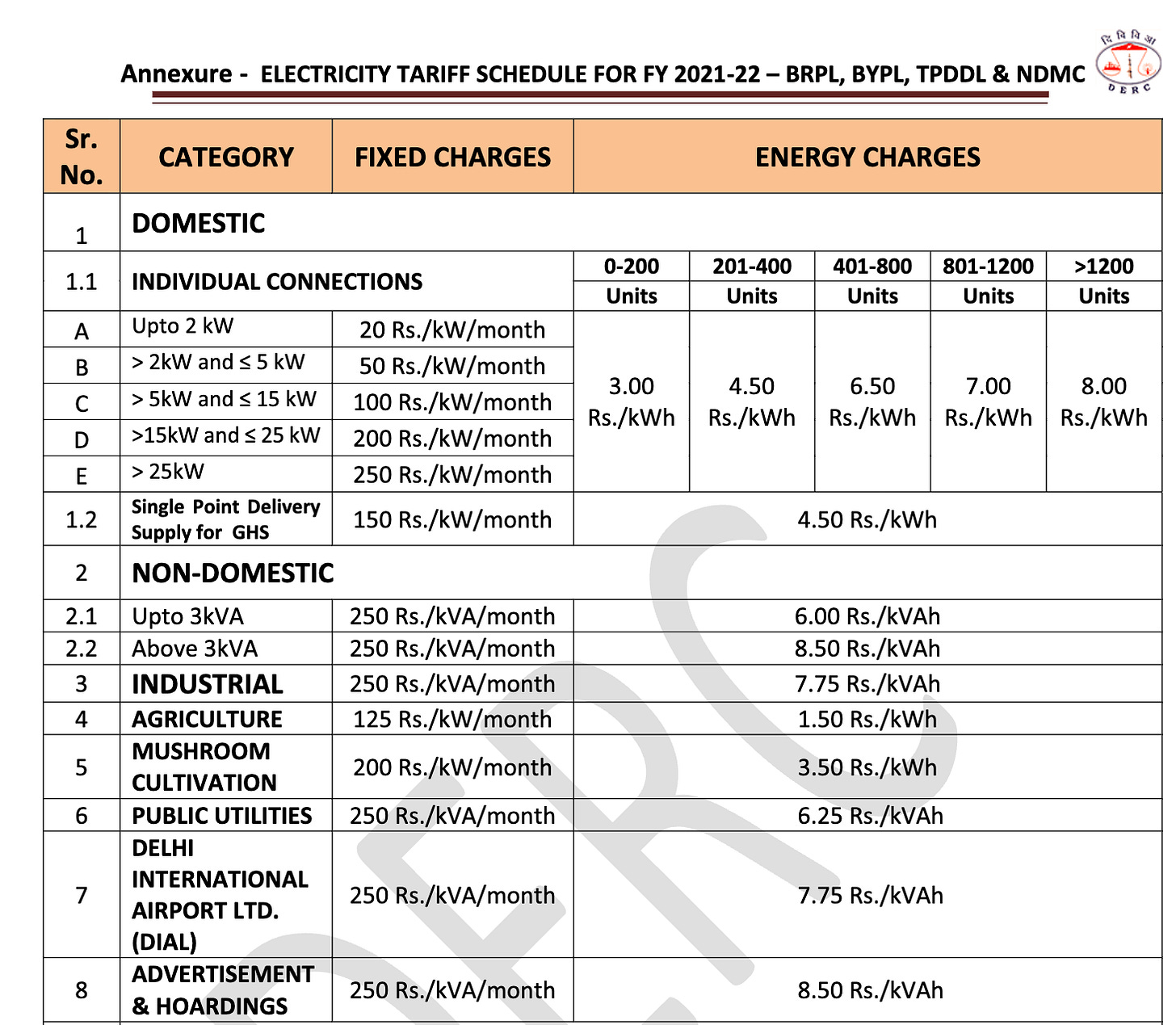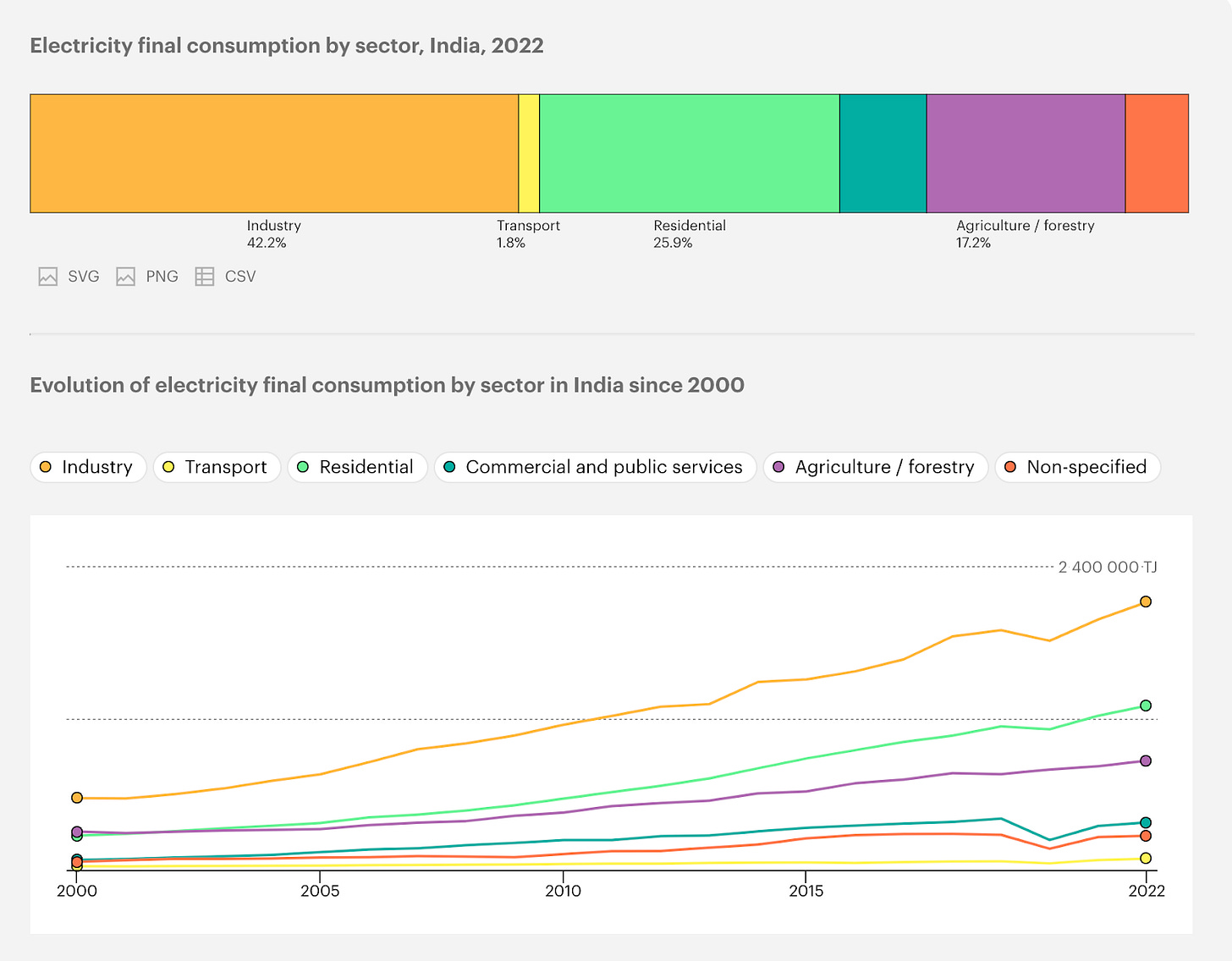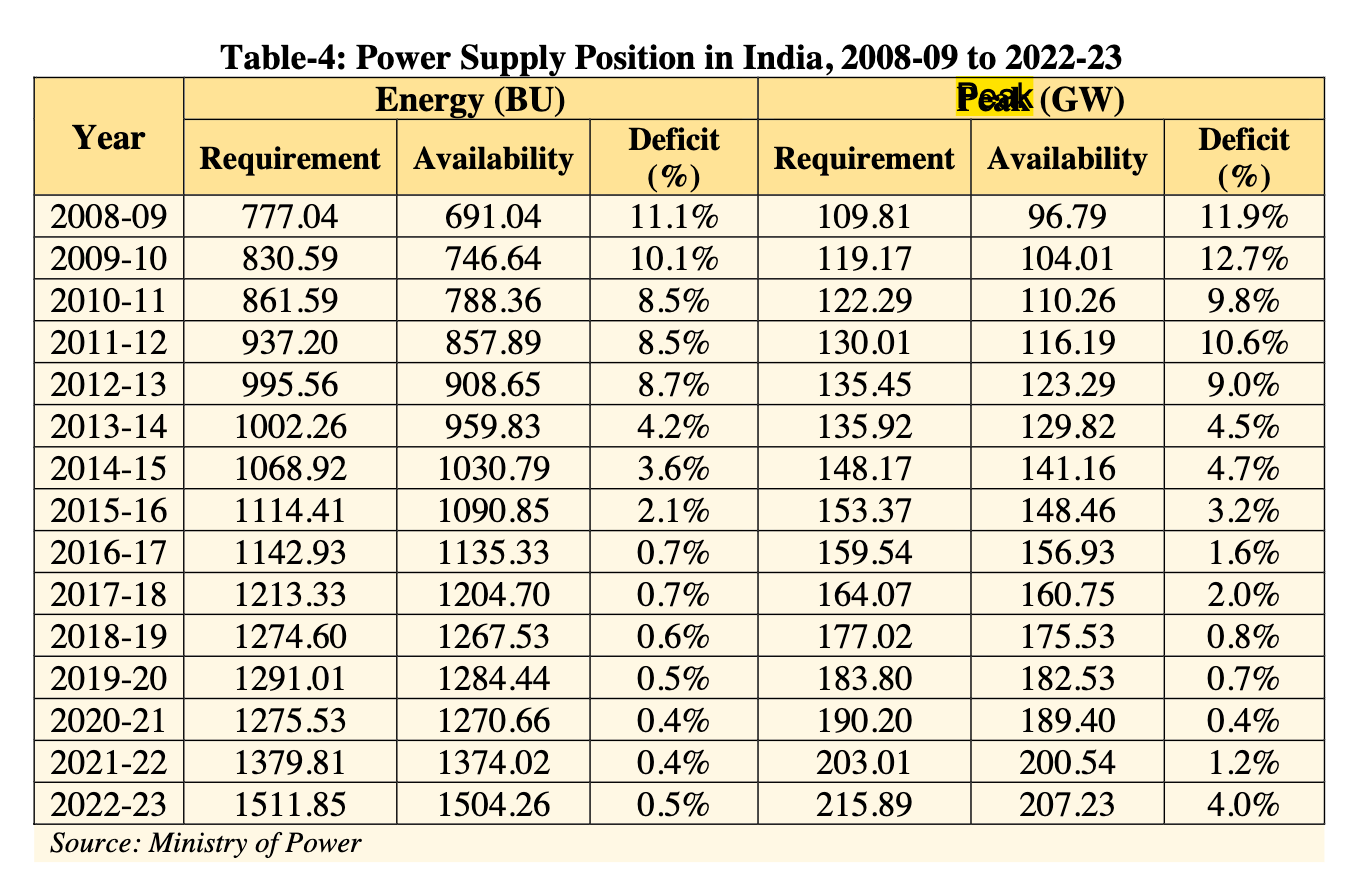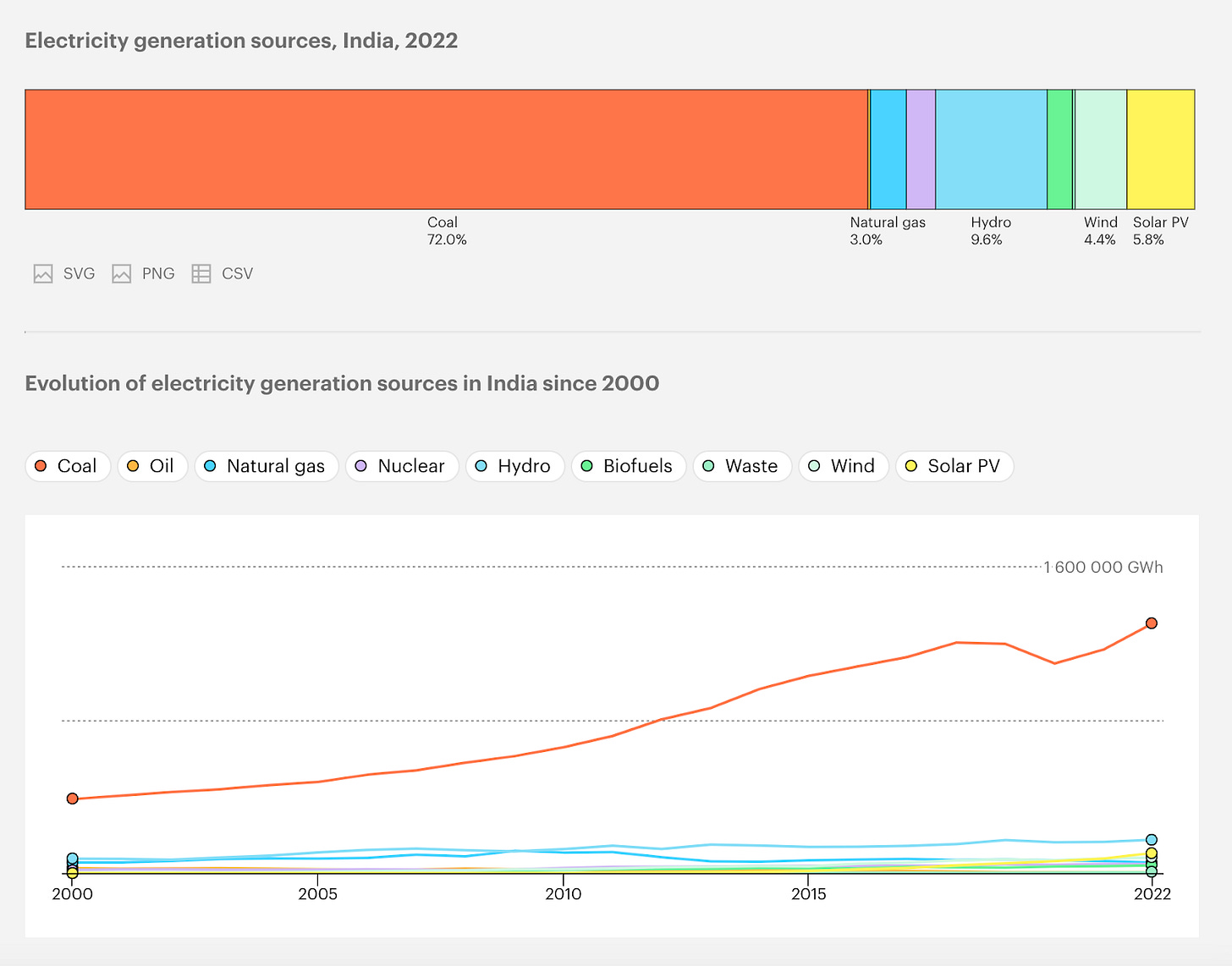India's Power Sector: An Introduction
Imagine four very different lives across India. There's Ramesh, a middle-class professional working from home in Bhopal. He needs a stable internet connection and a constant power supply for his remote job. In Delhi, Rekha runs a small grocery store in a small slum in Delhi, trying to make ends meet while dealing with frequent power cuts that threaten her income. Down in Tumkur, Karnataka, Vivek owns a small manufacturing unit. For him, an uninterrupted power supply means the difference between profit and loss, efficiency and delay. And finally, we have Manoj, a farmer in rural Bihar, who relies on electricity to pump water for irrigation, timing his entire schedule around when electricity will be available.
For each of them, electricity isn’t just a convenience—it's an essential part of their daily lives. Yet, they all face challenges that go beyond merely paying the monthly bill. Ramesh has to worry about sudden power cuts that force him to keep a backup power supply on hand. Rekha often loses business because of unplanned blackouts. Vivek, the industrial consumer, faces load shedding and voltage fluctuations that complicate running his business smoothly. Manoj deals with unpredictable supply times and escalating tariffs. While these issues may be less severe than what India faced two decades ago, there’s no doubt that they impact the lives of millions, and the situation can and should be better.
Now, zoom out and think about all the electricity consumers across India—not just the individuals we've described, but millions of others in towns, cities, and villages, each with different needs and uses for electricity.
Source: https://iced.niti.gov.in/energy/electricity/distribution/consumer
We need to start thinking about the different types of electricity consumers in this country—the retail consumer, the commercial consumer, the industrial consumer, and the agricultural consumer. Why do we have these classifications? They exist because each type of consumer has a different relationship with electricity—in terms of how much they consume, when they need it most, and, crucially, how much they can afford to pay.
Taking Delhi as an example, here's how electricity rates vary by consumer type:
Source: https://www.bsesdelhi.com/documents/55701/92678/Tariff_Schedule_for_FY_2021_22.pdf/e862f0b1-cbfe-2f63-84b1-e478c5021a0e?t=1633426006962
This variation is at the heart of the tariff structure in India. Should a farmer pay the same rate as an industrial user? If no, who pays for the difference, and for how long? Why does a small shop owner have different rates compared to a manufacturing unit? This is a political economy problem, and it lies at the core of the challenges in India's power sector today.
Source: https://www.iea.org/countries/india/electricity
What we’ve done so far is fashion a way to think about the demand side of the electricity sector. To understand how big the problem really is, let’s look at some numbers. India's power demand fluctuates significantly—during peak hours, demand can be multiple times higher than in the middle of the night.
Source: https://cercind.gov.in/2023/market_monitoring/Annual-2022-23/Chapter-I/AR-22-23_Chapter1.pdf
Different segments of consumers have different expectations. A factory might need power at fixed hours for production, while households might need it in the evenings after work. The total demand varies, but the challenges remain constant: meeting that demand reliably, affordably, and sustainably.
Source: https://en.wikipedia.org/wiki/Electricity_sector_in_India#Demand
But this is only half the story. On the other side, we have the supply problem. What does our power generation mix look like? India relies heavily on coal, but renewables like solar and wind are becoming increasingly important. We also have untapped hydropower potential, but its development remains constrained. Nuclear energy—which should have been a significant contributor—is still in its infancy here. What should our power generation look like, ideally, given our resources? The supply side of the equation is as complex and varied as the demand side.
Source: https://www.iea.org/countries/india/electricity
The electricity sector is fascinating not only because of the interplay between supply and demand but also because of what lies between them—transmission. Getting power from the point of generation to consumers across a country as large and diverse as India is a massive challenge on its own. We'll dive into this transmission story in future posts.
Speaking of future posts, this series will take you on a journey through India's power sector—from understanding your electricity bill to exploring how AI might shape future energy demands. We’ll explore where our power comes from, why tariffs are structured the way they are, the intricacies of the grid, and the fascinating evolution of renewable energy. While I have a plan for what this series will cover, I'm also eager to respond to what resonates most with you, the reader. If there’s something you want to understand in greater depth, let me know. After all, much like electricity, this series will adjust its supply to your demand.
Power matters. It matters for Ramesh, Rekha, Vivek, and Manoj, but it also matters for what’s coming next. The rise of AI and data-driven technologies will push our power grid like never before. The demand from massive data centers and cloud computing is already rising, and AI will add an insatiable need for reliable electricity to fuel India’s ambitions in the tech sector.
There’s a lot to learn, a lot to read and write, and all of it is about something that truly matters. Let's get started.


